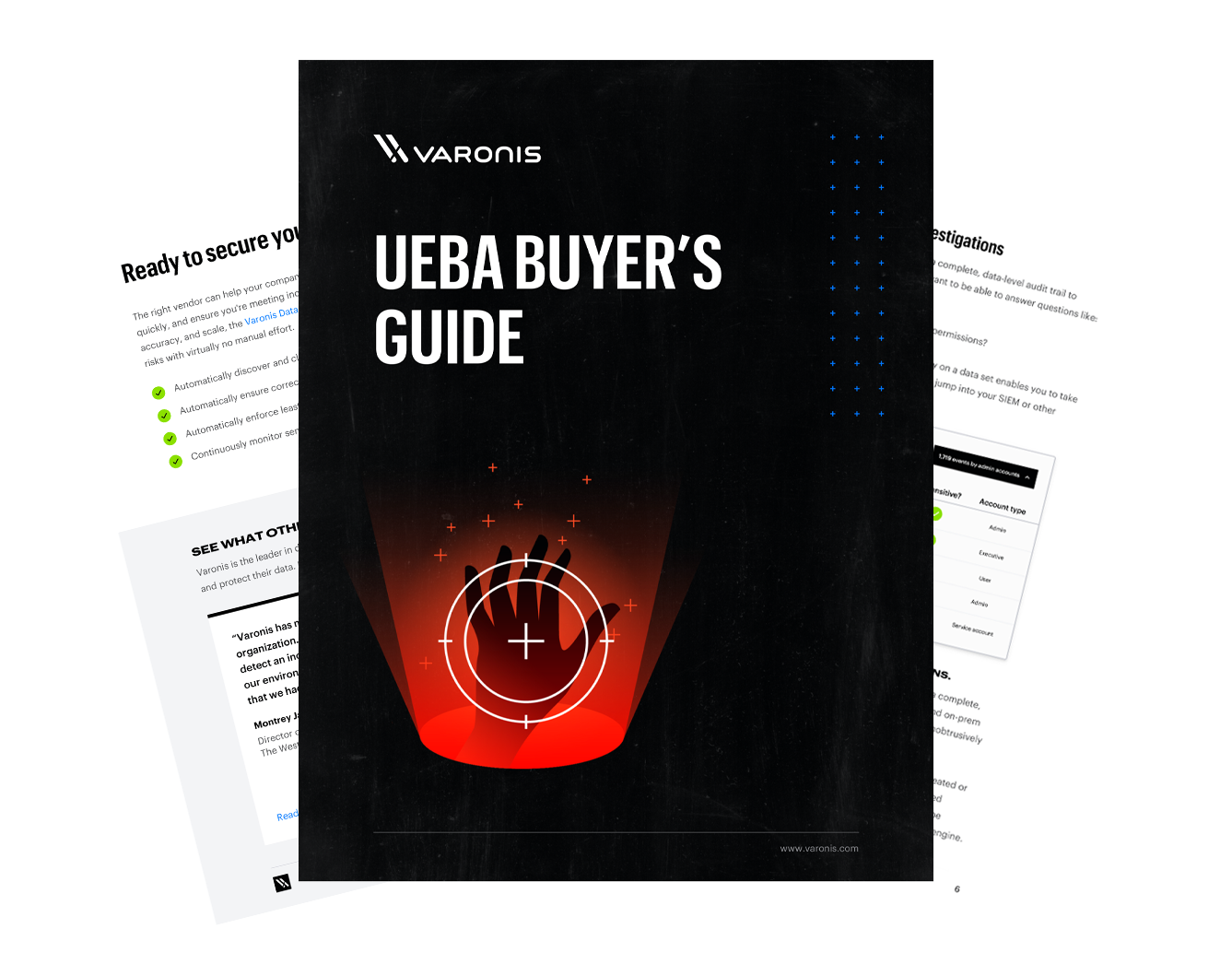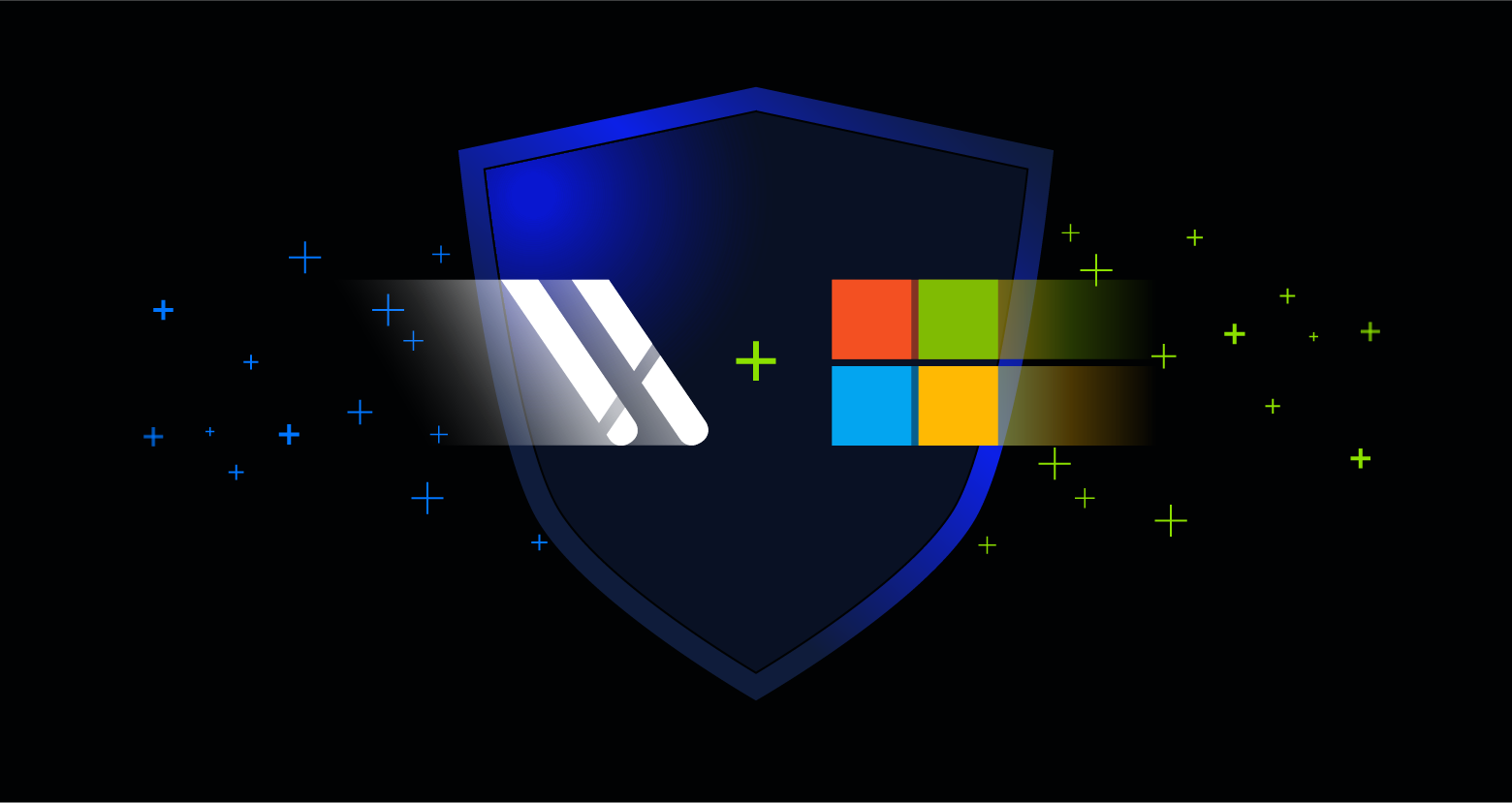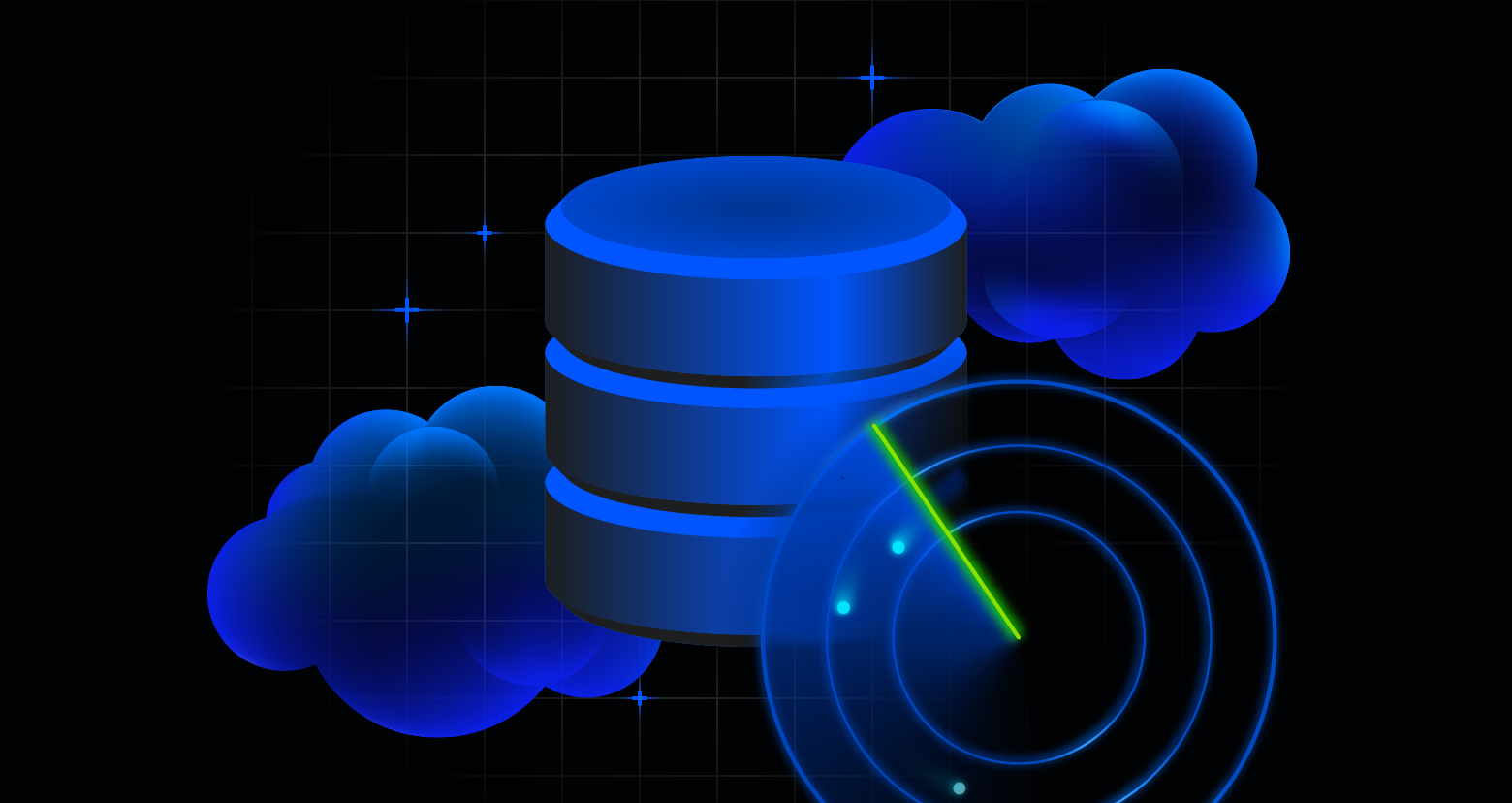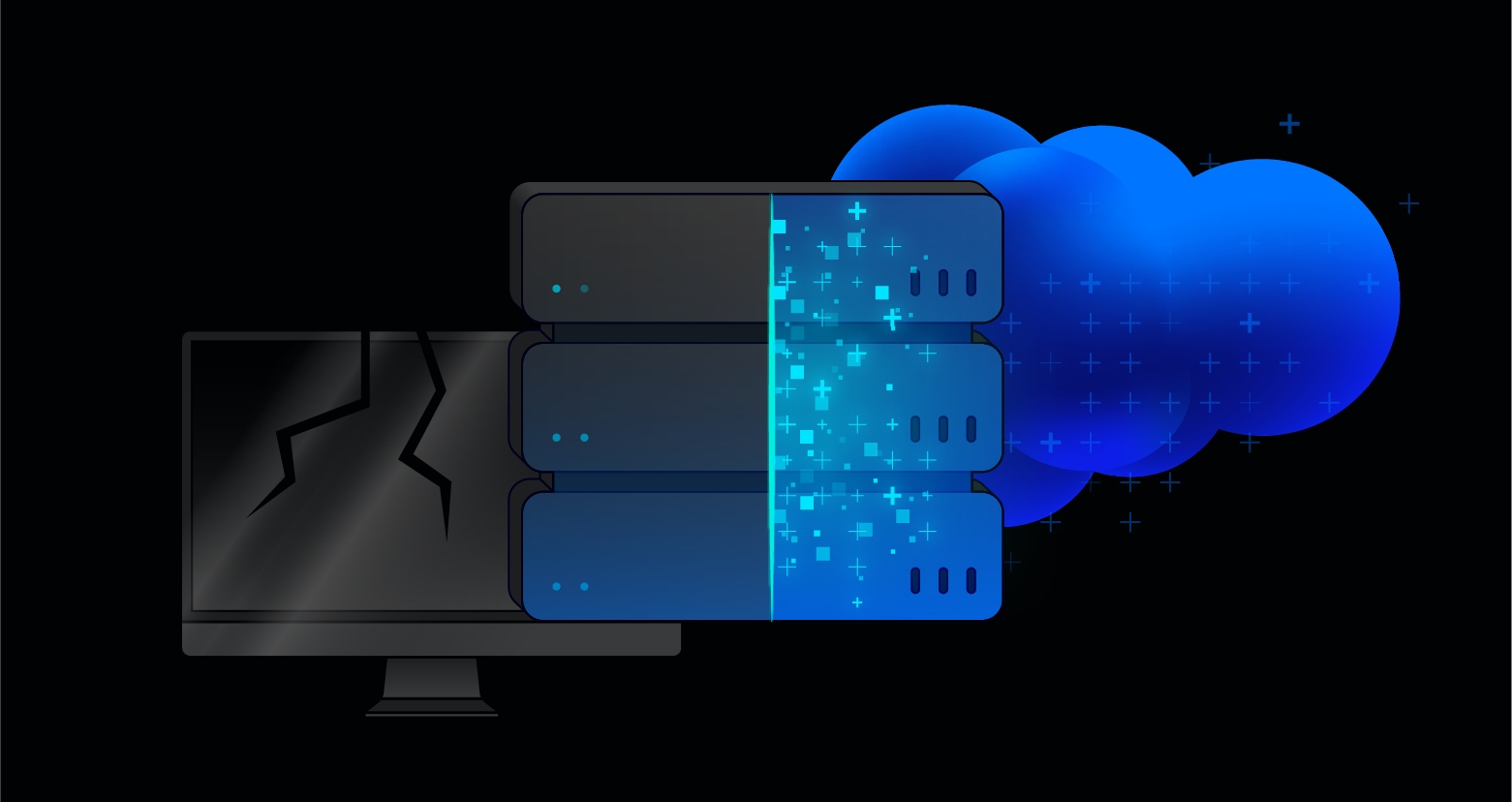User and Entity Behavior Analytics (UEBA) is key to a resilient data security strategy. It closely monitors anomalies in your network, making it easy to detect emerging threats.
Without UEBA, your risk of sensitive data leakage and breaches skyrockets. In fact, internal incidents involving data misuse are the second most common cause of breaches. To fight this, more and more organizations are implementing UEBA in their security stack.
Some approaches to UEBA, however, can lead to false positives and noise, burdening security teams.
In this guide, we will highlight what capabilities make up a robust UEBA solution and share evaluation tips for CISOs to maximize the effectiveness of their future implementation.
Gaps in modern threat detection
Data is the target for nearly every cyberattack and insider threat. However, traditional security products haven't fully evolved with the modern threat landscape and often leave organizations data-blind.
The recent Coinbase breach highlights how rogue internal users can tamper with an organization's data. UEBA can detect anomalous activity and notify your team of any activity that could indicate insider threats or unintentional data exposure.
UEBA, compared to other modern threat detection solutions, provides a complete picture of your data estate, both on-prem and across every cloud.

What threat detection capabilities to look out for
Without a full picture of your data, traditional solutions only offer static, threshold-based alerts that lack context, produce excessive noise, and require manual tuning. This only adds to the alert fatigue security teams already face.
Look out for these approaches to threat detection:
- Threshold or rule-based alerting: Rigid rule-based alerts, such as alerting when a user modifies 100 files in under a minute, require manual effort to configure and lead to false positives. This increases your risk of stealthy attacks and insider threats going unnoticed.
- Data Detection & Response (DDR): DDR alerting focuses on configuration alerts, such as when an Amazon S3 bucket is made public. Despite the value of such alerts, little context is given before or after this configuration, leading to continued manual investigation.
- Insider Risk Management (IRM): Though insider risks are important to monitor, IRM solutions do not provide teams with the full context of risk. UEBA capabilities allow threat detection for data exfiltration, privilege escalation, email compromise, and more.
Even the smallest attack vector can be a goldmine for hackers. Strong UEBA capabilities give your security teams the visibility they need to prevent risk, without disrupting business operations and sending mass alerts.
The right ingredients for UEBA
If your organization requires UEBA capabilities, selecting a solution that comprehensively addresses all potential gaps is crucial. When evaluating UEBA capabilities, ensure your vendor has the right features for your business needs.
Multi-channel data ingestion
Verify that the vendor has full access to your data estate. If it can’t cover all your file storage, SaaS apps, email, IaaS and databases, you’ll limit your visibility and protection. This could lead to malicious activity going completely undetected.
With Varonis, your enterprise data is protected across the largest and most significant data stores and applications across the cloud and behind your firewall. This provides unmatched visibility, faster threat detection, and immediate remediation.
Reliable UEBA alerting
Keeping track of every emerging threat means alerts are a necessity. That said, they need to be easy to interpret and reliably correct. When teams are inundated with hundreds of alerts that cry wolf, threats can slip by.
Varonis uses hundreds of predictive, behavior-based threat models built on machine learning to automatically detect unusual activity on data across your whole estate. This bolsters the strength of alerts and limits the noise.
Granular evidence for investigations
Rich audit trails to understand the full scope of a threat. Having granular, enriched logs of every activity allows your security team to take fast action without jumping into your SIEM or other tools to compile evidence.
Varonis grants access to a complete, searchable, human-readable audit trail of events across your cloud and on-prem data. Each event is classified with detailed metadata like user type, data sensitivity, and geolocation. Our proprietary AI analysis engine, Athena AI, allows your team to use natural language to automate your investigations.
Automated responses
Detecting threats with UEBA is incredibly useful, but automatically responding to threats is essential to managing the massive depth and breadth of an organization’s data and activity.
Varonis uses AI to automatically perform investigations, respond to threats and close alerts without human intervention. When alerts are escalated to the security team, tailored recommendations are given to remediate any issues.
Expertise you can rely on
Threat actors don’t sleep; they work around the clock to learn how to infiltrate your organization. That said, organizations with resource-constrained security teams may have trouble with continuous monitoring of data breaches. It’s paramount to look for a partner that helps you mitigate complex threats, not just identify them.
Varonis MDDR provides 24x7x365 incident response, alert monitoring, and security posture management from our global data security experts. With an industry-best SLA, Varonis gives teams speedy response times, proactive threat hunting and monthly security assessments to constantly improve their security posture.
Questions to ask UEBA vendors
In the hundreds of questions you could ask as you evaluate UEBA vendors, it all comes down to how they can support your overall objective: proactively securing your data at scale and in real time.
When talking to UEBA vendors, be sure to ask:
- How is your integration ecosystem?
- What are your out-of-the-box capabilities for escalating and resolving behavior-based alerts?
- What are your collaboration capabilities?
- Does your solution provide recommended actions to take?
The answers to these questions should showcase an ability to proactively know where all your sensitive data is located, limit who can access it, and have visibility into your environment. That way, you'll always know whether or not your sensitive data was impacted in the event of an incident.
Beyond UEBA
Advanced threat detection is essential in monitoring data threats, but it isn’t enough to prevent them.
Whatever solution you implement, it should go beyond just UEBA and support monitoring for data classification, access, and permissions as well. If it fails to address these aspects, you may need to reassess whether the solution aligns with your overall objectives.
To read how you can take your UEBA above and beyond, download our full UEBA buyer’s guide.
Your data. Our mission.
We hope this guide helps you in your quest to find a UEBA vendor that can drive the outcomes you’re looking for! If you have any questions, don’t hesitate to contact us.
Ready to give Varonis a test drive? Our free Data Risk Assessment takes minutes to set up and delivers immediate value. In less than 24 hours, you’ll have a risk-based view of the data that matters most and a clear path to automated data security.
What should I do now?
Below are three ways you can continue your journey to reduce data risk at your company:
Schedule a demo with us to see Varonis in action. We'll personalize the session to your org's data security needs and answer any questions.
See a sample of our Data Risk Assessment and learn the risks that could be lingering in your environment. Varonis' DRA is completely free and offers a clear path to automated remediation.
Follow us on LinkedIn, YouTube, and X (Twitter) for bite-sized insights on all things data security, including DSPM, threat detection, AI security, and more.








